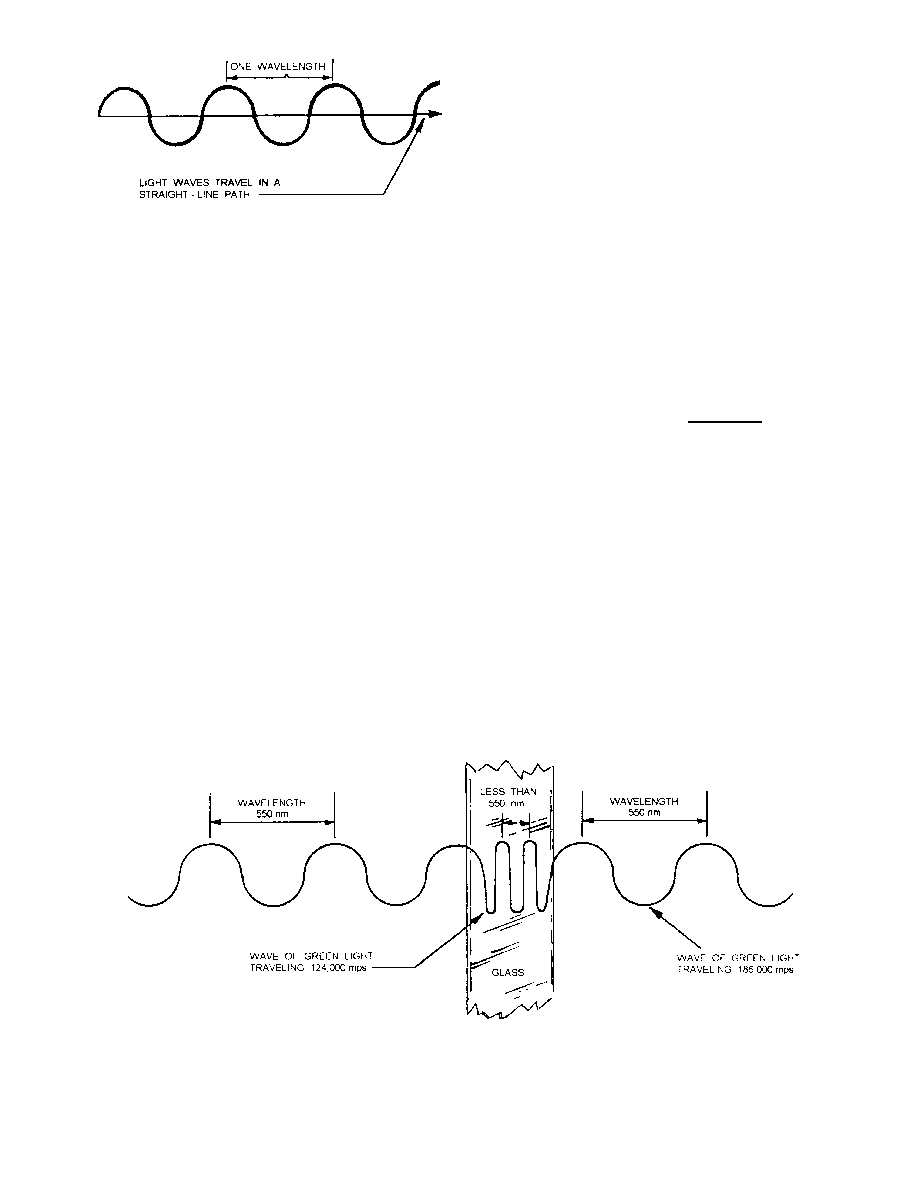
DOFMaster
for Windows
On-line
Depth of Field
Calculator
DOFMaster for Mobile Devices
On-line
Depth of Field
Table
Hyperfocal
Distance Chart
Articles
FAQ
Recommended
Books
Support
Contact
Links
Home
for Windows
On-line
Depth of Field
Calculator
DOFMaster for Mobile Devices
On-line
Depth of Field
Table
Hyperfocal
Distance Chart
Articles
FAQ
Recommended
Books
Support
Contact
Links
Home
As an Amazon Associate I earn from qualifying purchases.
![]()
many physicists and scientists. Until about three
centuries ago, no one had developed a reasonable theory
of the nature of light. Then Max Planck, a physicist,
published a theory in which light was supposed to
consist of a stream of high-speed particles. Planck
theorized that any light source sent out an untold number
of these particles. This then was the quantum theory.
The quantum of light is called the photon. The quantum
theory is used to explain X ray, radiation, and
photoelectricity.
the wave motion theory. The wave motion theory is used
polarization. In wave motion theory, light, wavelength,
speed, and frequency are important characteristics, and
they are interrelated.
one millionth of a millimeter. Wavelengths of light range
from about 400nm to 700nm in length and travel in a
straight-line path.
denser medium, such as glass, light travels even more
slowly. Furthermore, in a denser medium, the speed is
distance from the crest of one wave to the crest of the
passing a given point in
wavelength changes; the frequency remains constant.
Hence we identify a particular type of radiation (color
of light) by its wavelength, bearing in mind that we are
speaking of the wavelength in air.
medium, light always travels in a straight line. Second,
in a given medium, it travels at a constant speed.
Basic Photography Course

As an Amazon Associate I earn from qualifying purchases.
WWW.DOFMASTER.COM
© 2006 Don Fleming. All rights reserved.
© 2006 Don Fleming. All rights reserved.